We’re continuing our 15 to 15 countdown to Coaster101’s 15th Birthday. Today we’re taking a look at our 15 favorite educational articles we’ve published. According to Wikipedia, the term “101” was first introduced by the University of Buffalo in 1929 where it was used as a college course catalog. It’s meaning has now been extended to be an introduction or beginner’s guide to any subject. Since “101” is in our name we decided we had to have an educational series on roller coasters. Thus we started the “Coasters-101” series to give you an introduction into the topic of roller coaster design as well as how other theme park thrill rides work. Here are our favorite educational articles over the past fifteen years.
Read all the way to the bottom to learn how you can enter to win a copy of Coasters 101: An Engineer’s Guide to Roller Coaster Design book.
15. Coasters-101: Foundations
One of the most important and perhaps most overlooked components of a roller coaster-the foundations! It’s an exciting time when you go to your nearest amusement park and see holes in the ground. This is a sign that foundations, more commonly referred to as “footers”, are being dug and a new ride is about to be installed. In this article we look at some of the engineering principles behind the design of a roller coaster’s concrete foundation, including tension and compressive forces. Don’t worry; you won’t need an engineering degree to understand these basic concepts.
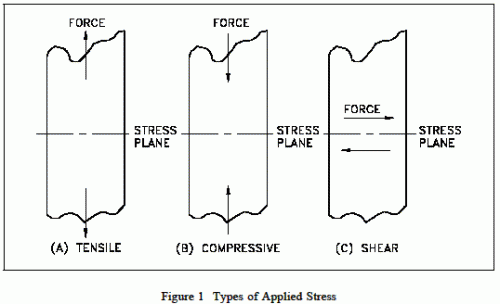
14. Gravity Max’s Safety System
Scream your head off on Gravity Max but rest assured there’s no reason to be scared for your safety on one of the world’s scariest roller coasters. Tilt coasters have redundant safety features to prevent the train from leaving the tilt track prematurely. Learn about them here.
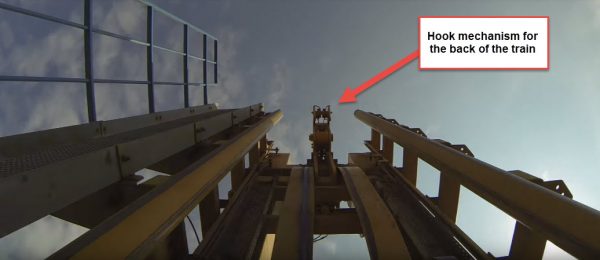
13. Is Spike the Next Great Coaster?
So with the prototype Spike coaster being removed, the answer is no, Spike is probably NOT the next great coaster. That doesn’t mean this article doesn’t have a lot of great information about roller coaster design and engineering. Besides, that’s how you learn, by making mistakes, or seeing what didn’t work and figuring out how to improve upon it.
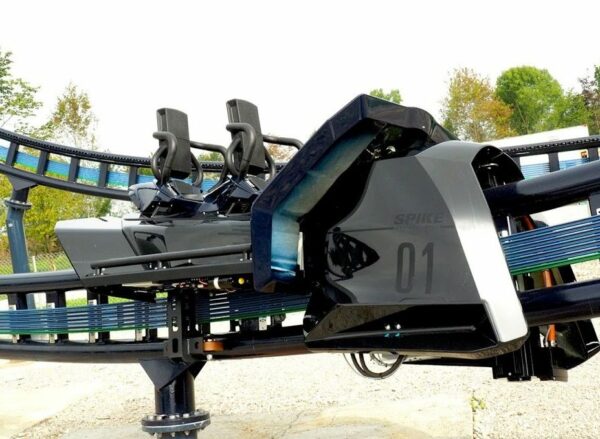
The Spike vehicle.
12. How to Refurbish a Roller Coaster with GCI
With major refurbishment projects now receiving as much attention as new coasters, Coaster101 spoke with GCII senior engineer Adam House about how they refurbish a classic (or not so classic) roller coaster. We also touched on some of the specific work they did on GhostRider and The Legend.
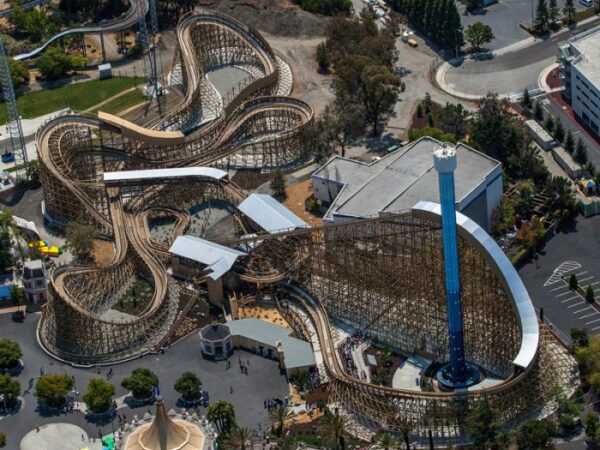
One of GCII’s most recent, and one of my favorites, Gold Striker, filled with twists, turns, and lots of air!
11. What Makes Avatar: Flight of Passage so Immersive?
More than four million people have ridden Flight of Passage since its debut and it has been the top-rated ride in Walt Disney World in Disney’s guest surveys. And for good reason. I try to explain what makes Avatar: Flight of Passage so immersive and such an amazing experience.
![]()
10. Coasters-101: Launch Systems
Limitations like height restrictions, confined real estate, or cost may prompt an amusement park to choose a launch system versus a gigantic, space eating lift hill. Potential energy is stored as electricity or compressed air before it is transferred very rapidly to the train via a propulsion system and converted into kinetic energy. Types of launch systems include electromagnets, pneumatics, hydraulics, flywheel, catapult, and friction wheel.
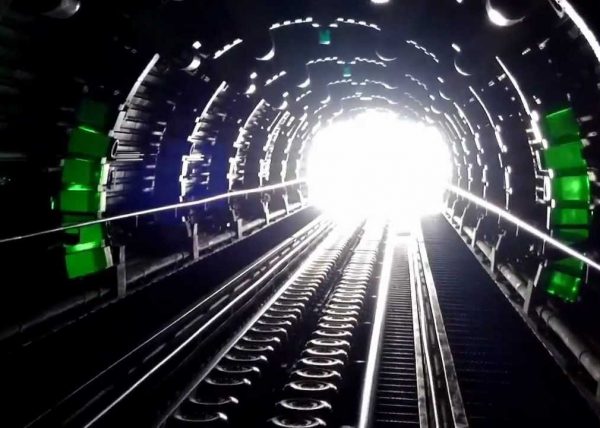
9. How Aquaman Power Wave Works
Six Flags Over Texas recently announced their 2020 addition will be Aquaman Power Wave, the first Mack Rides Power Splash – a launched shuttle water coaster – to be built in the US. The ride will launch riders backwards, forwards, and backwards again, straight up colossal 148 feet tall twin track towers and then send them plunging straight down into a splashdown finale. But how do they make the splash only at the end of the ride? Find out how by reading the article.
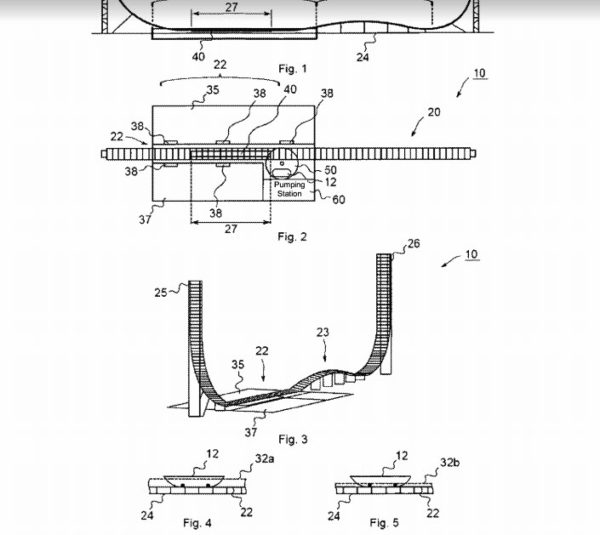
8. What Software Do Roller Coaster Designers Use?
Probably one of the most asked question by aspiring roller coaster designers is “what software do they use?” We attempt to answer that question in this educational article. And no, RollerCoaster Tycoon is not on this list.
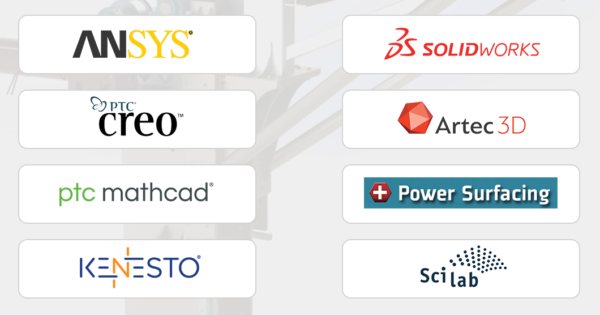
7. Three Reasons Why S&S Freespin Coasters Are Better Than Intamin Zacspins
S&S free spins and Intamin Zac spin coasters look very similar, yet one has a rather favorable reputation and at least one is built every year while the other has a terrible reputation and no one is buying them. Why has the S&S version been so much more successful? Find out.
6. How to Make a Great Coaster
Another great interview with Adam House of Great Coasters International. What’s more educational than going straight to the source and talking to a real life roller coaster designer?
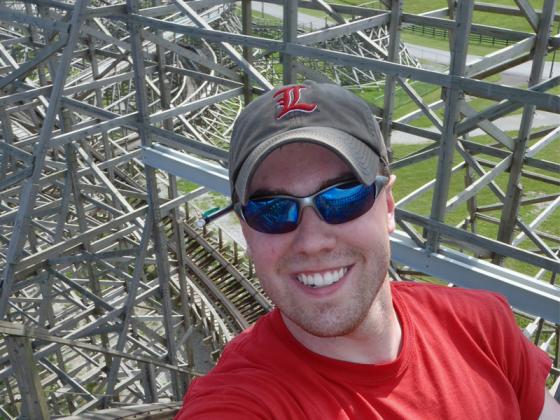
Adam House, senior engineer at Great Coasters International, and really good interviewee.
5. Coasters-101: Lift Hills
How do roller coasters reach their highest point? The chain lift is the traditional method of pulling a coaster car to the top of the tallest hill. But it’s not the only method. Learn all about lift hills in this educational article.
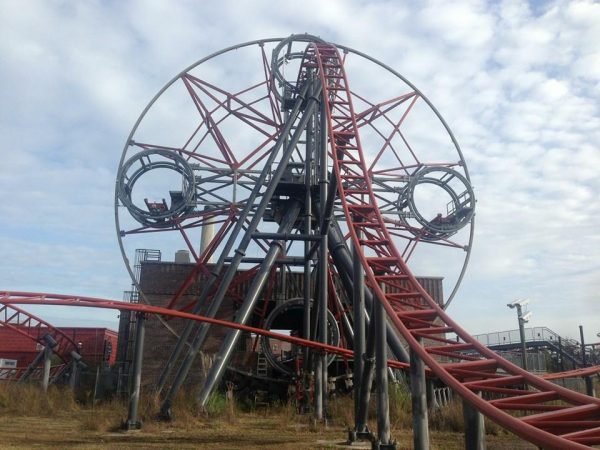
Maximum RPM! had a two year life, the shortest of every coaster we featured (courtesy Theme Park University/Irvine Ondrey Engineering)
4. Secrets Behind Shanghai Disneyland’s Pirates of the Caribbean
Move over Spider-Man. Move over Forbidden Journey. There’s a new contender for most immersive theme park ride ever built. Shanghai Disneyland’s Pirates of the Caribbean: Battle for the Sunken Treasure is a new take on the beloved, classic boat ride. How the ride works is even more impressive than the ride experience itself.
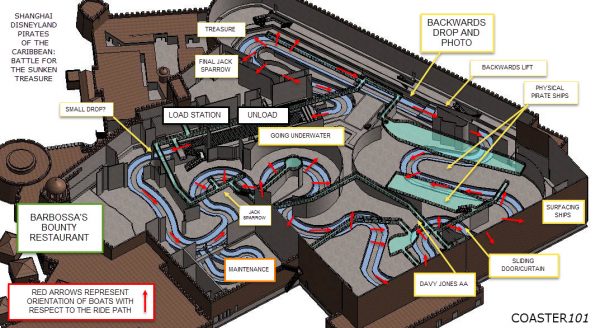
3. Coasters-101 Wheel Design
Did you know a roller coaster’s wheels may actually be one of the biggest limiting factors of building ever taller and faster rides? To design the perfect wheel for a high-speed roller coaster, engineers must find the best combination of four main requirements. Learn what they are by reading this edition of Coasters-101.
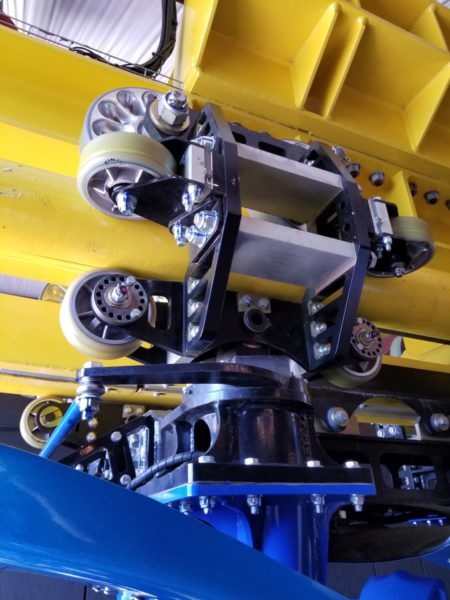
Wheel carrier on Merlin’s Mayhem – Nick Weisenberger
2. The Engineering Behind Art of Engineering’s YouTube Videos
If you want to be a theme park engineer or just learn how thrill rides work you need to subscribe to Art of Engineering’s YouTube channel. Within thirty seconds of stumbling upon Art of Engineering’s first YouTube video I knew I was watching something special, and instantly smashed that subscribe button. And I’ve not been disappointed. The video for How Top Thrill Dragster Works is fantastic and offers the most detailed explanation I’ve seen about how the hugely complicated hydraulic launch system actually works.
1. Building a Backyard Roller Coaster with Paul Gregg
Every now and then we come across homemade roller coasters designed by amateurs and built in their own backyards. While we appreciate the effort and creativity that goes into building one, most look poorly made and are of questionable safety. That is until we discovered Paul Gregg, a retired aerospace engineer who holds 29 US and foreign patents, two special invention awards, and was Boeing Aerospace Engineer of the Year in 1988. Paul uses his engineering skills to design and test his backyard roller coasters until he can prove they are reasonably safe to ride and operate, which I’m sure his grandchildren love! We got to ask Paul a few questions about how he uses math, science, and his engineering experience to design and build backyard roller coasters and why he decided to write a book about it. What I really like about Paul’s work is how he shows you how an engineer should think. As a bonus, don’t forget to read part 2 here.
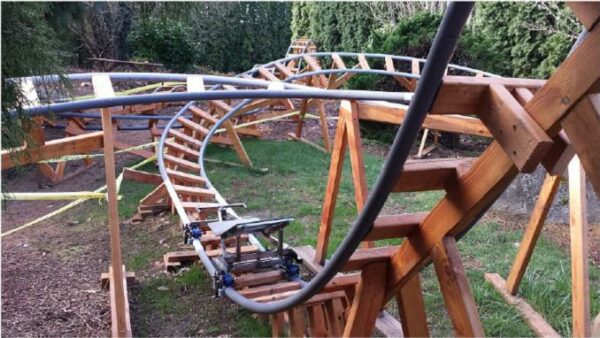
Photo by Paul Gregg
Coaster101 15 to 15 Giveaway #12
Today’s entry method is simple — using the comment section below, comment your favorite educational post of ours, and let us know what topics you would like to see us cover in the future!
You can enter now through 11:59 p.m. ET tonight to try to win a copy of Coasters 101 book.
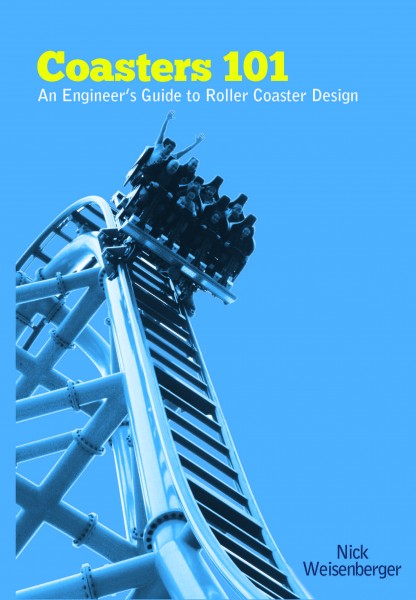
Giveaway Rules
- The entry period for this giveaway will run until 11:59 p.m. ET tonight. We’ll email the winner tomorrow.
- To remain eligible for your prize pack, you will need to respond with your name and mailing address within 24 hours of receiving the email notification.
- One entry per person.
- Unfortunately, we are unable to ship Prize Packs outside of the U.S.
Good luck, and we look forward to looking back on the past 15 years with you!

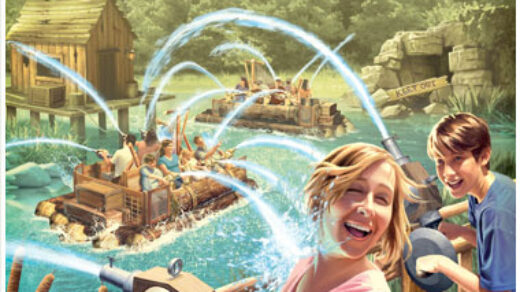

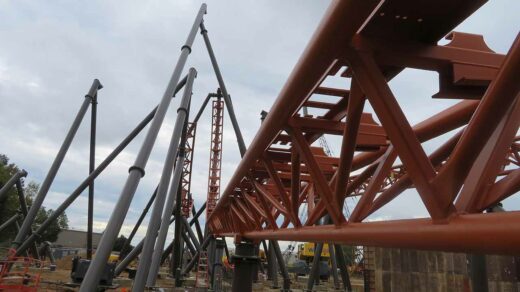






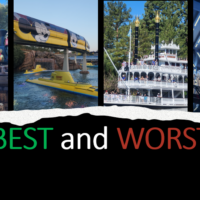




I loved the article on GCI refurbishments and I would love to see an article about the process of physically making each track piece of a coaster in the factory.
I like the article about launch systems and also I used the one about forced/physics for a class recently! I would like to see an article about how parks use tactics to get as many riders per hour as possible
I love the GCI refurbishment ones because GCI is an amazing campany